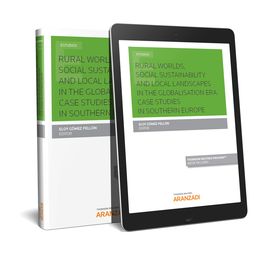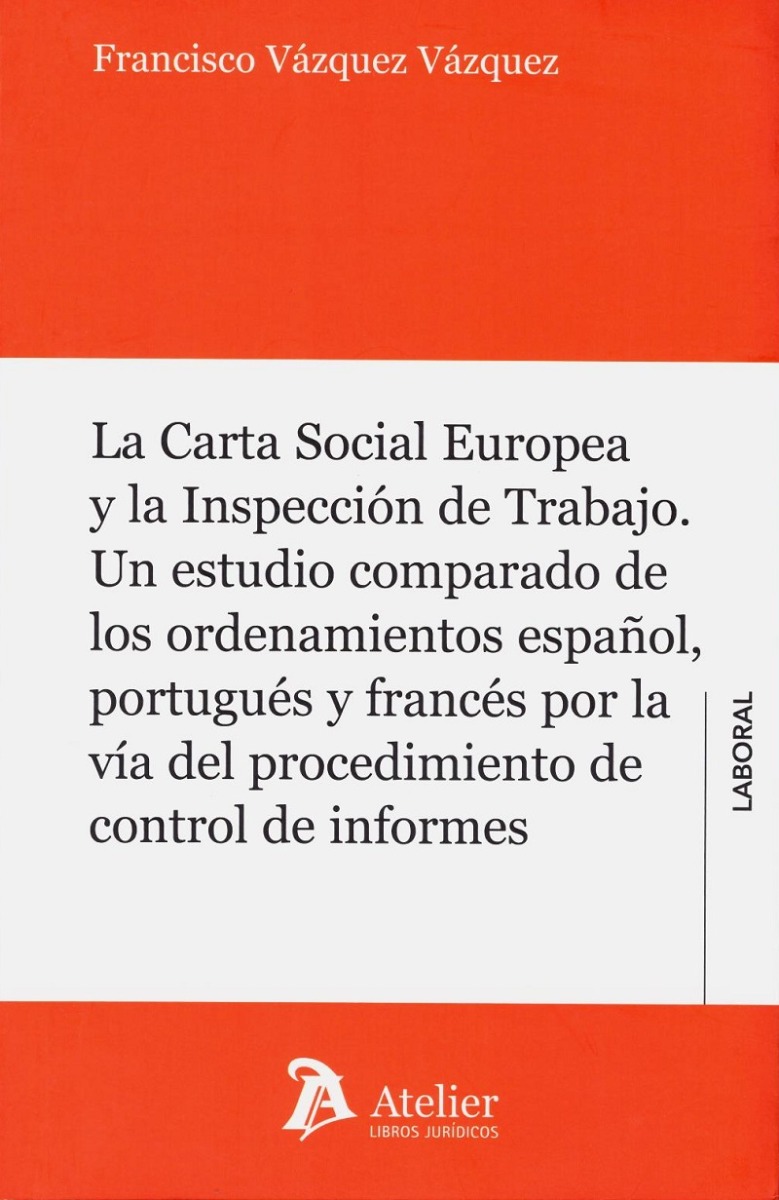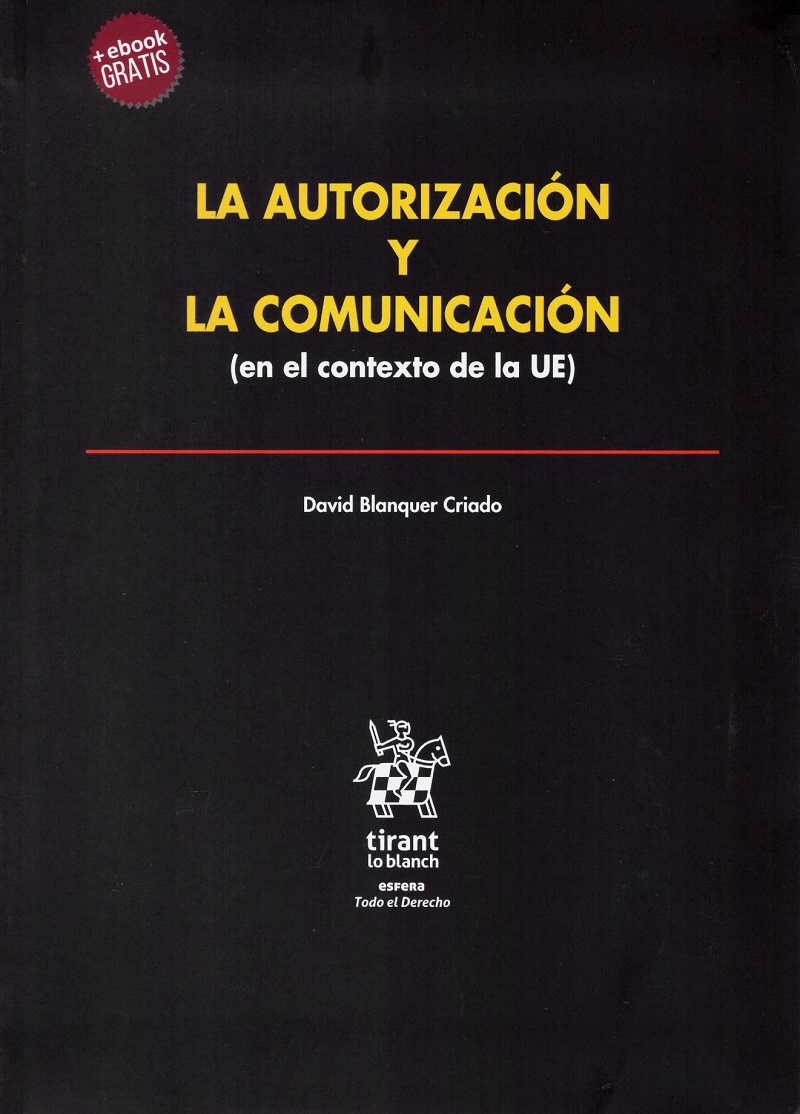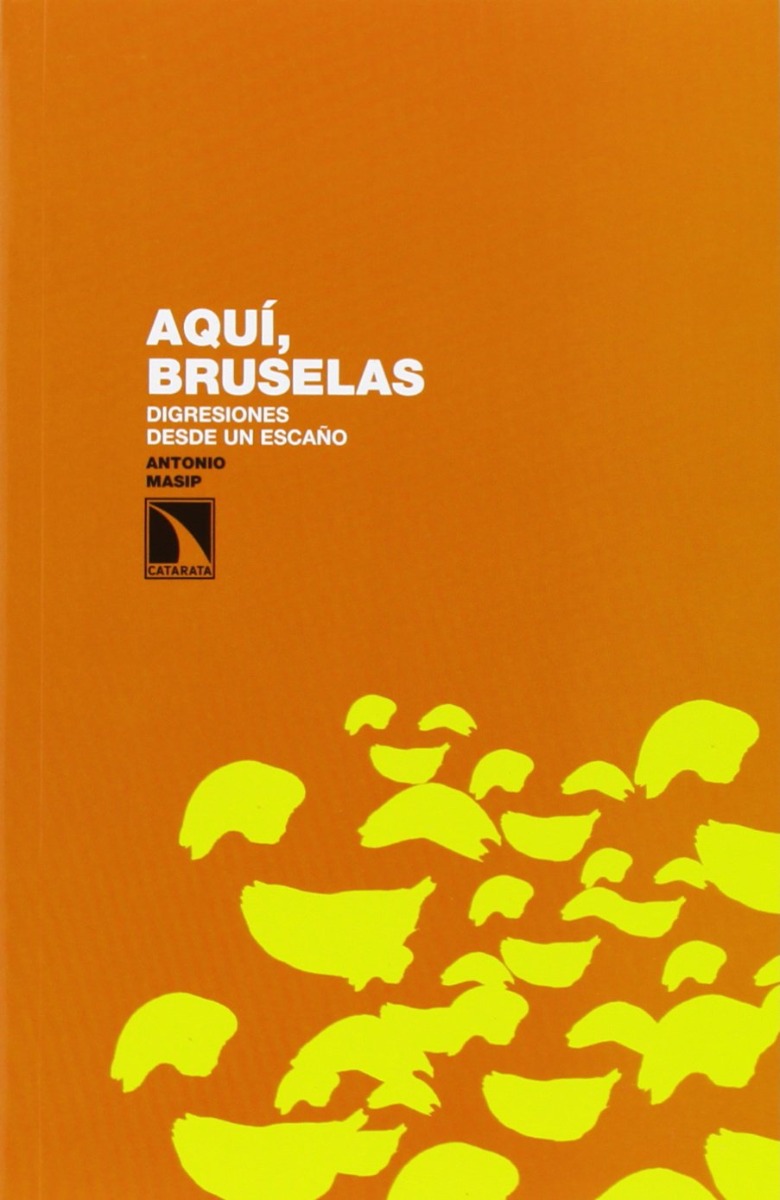The different degrees of interaction between the urban and rural worlds in the last century have been the cause of very diverse forms of ruralities. Economic changes resulting from deindustrialisation and globalisation have introduced great complexity in rural areas. These changes are clearly seen in the great diversity in the social subjects that have gradually appeared in rural areas.
These changes are clearly seen in the great diversity in the social subjects that separated the rural and urban worlds, the European Union has given priority to the conception of territory. The different parts forming a territory are in this way articulated to originate a new spatial organisation in which the urban and rural worlds become a shared scenario. In this setting, highly diverse bidirectional exchanges result in the daily, weekly and seasonal movements of people, goods, services and transportation with surprising intensity. This book presents case studies from the regions of cantabria and Castilla y Leon in Spain Occitanie in France and Beira and Pinhall in Portugal. Finally, a Cross-border study encompasses rural areas on both sides or the Spanish- Portuguese border.
Chapter I. The new governance: territorial cohesion for a sustainable rural environment
Chapter II. Rural women in Europe: their role according to european union rural development programmes
Chapter III. Territorial cohesion of a geographically handicapped district a case study of the tierra de Aliste (Zamora, Spain)
Chapter IV. Divergence and fractures in the montaña palentina (Spain)
Chapter V. When the air loses its purity: an anthropological study on the return to a more ecological rural world in el bierzo (León, Spain)
Chapter VI. Historical landscapes, dislocated identities and imaginative governance: the case of a region in the cantabrian mountains (Spain)
Chapter VII. Youth, employment and social cohesion: a case study in Cantabria (Spain)
Chapter VIII. Ecotourism and real-estate tourism. Dealing with contradictions in spanish rural areas: the case of two municipalities on the cantabrian coast
Chapter IX. The education for sustainable development model: between global and local discourses: the school curriculum of Cantabria (Spain)
Chapter X. The health economy in west lozère: a social resistance parameter in a marginalized area?
Chapter XI. Resilience and territorial dynamics in the mountain in the extreme western areas of the iberian peninsula range: challenges of governance, territorial cohesion, heritage and tourism
Chapter XII. Ancient ways, new cultural tourism routes: the inner portuguese way to Santiago of Compostela
ELOY GÓMEZ PELLÓN EDITOR
AUTORES:
ELOY GÓMEZ-PELLÓN
ÓSCAR FERNÁNDEZ-ÁLVAREZ
MARÍA ISABEL MARTÍN-JIMÉNEZ
LUIS ALFONSO HORTELANO-MÍNGUEZ
CARLOS MONTES-PÉREZ
ÍÑIGO GONZÁLEZ-FUENTE
CARMEN GIL-DE-ARRIBA
ISABEL PÉREZ-ORTEGA
CHIGNIER-RIBOULON FRANCK
GONCALO POETA-FERNANDES
XERARDO PEREIRO








